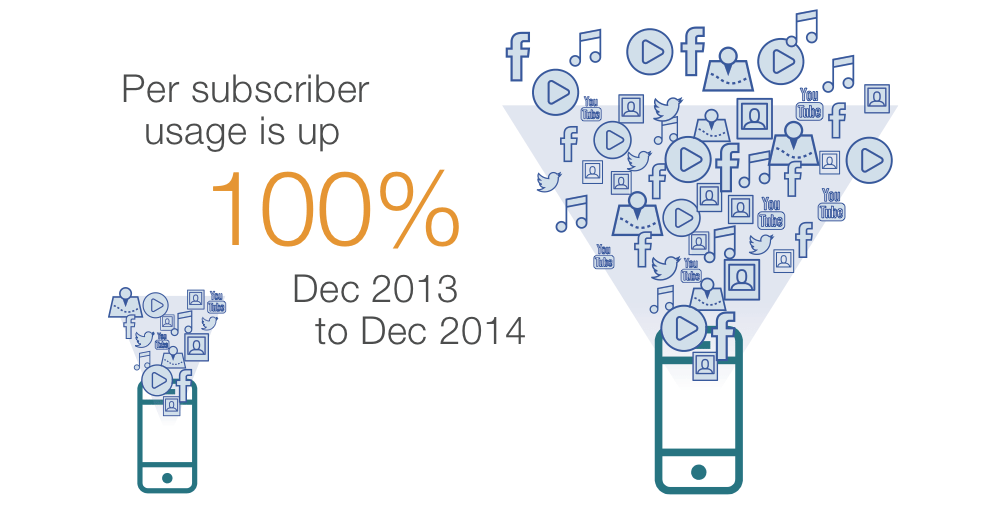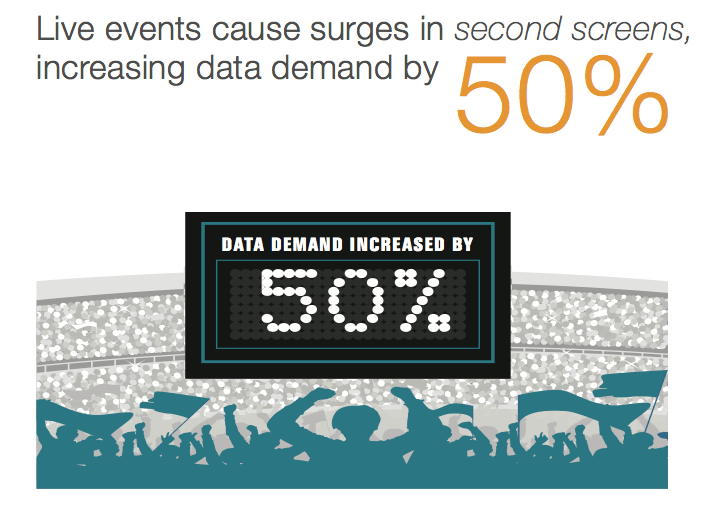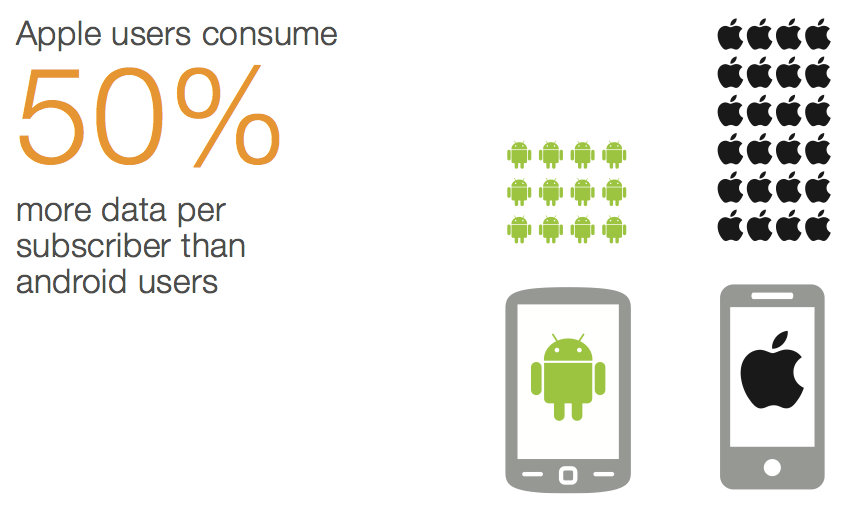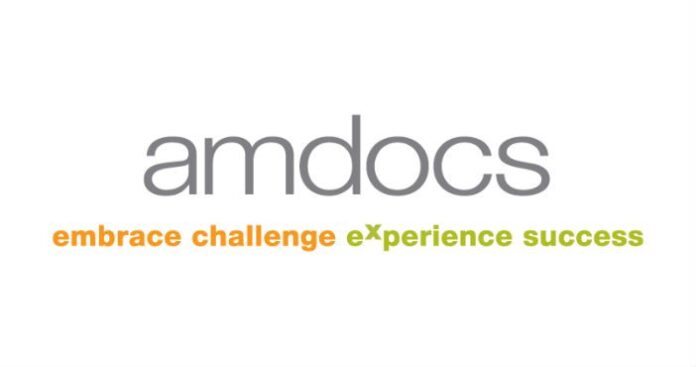Amdocs has released its annual State of the RAN report this week, which looks at the implications of increasing data usage growth and LTE as a solution to that challenge.
The methodology for the report takes a global view on those topics with a focus on busy city locations. Gathered by Amdocs’ engineering team in an anonymous fashion, the team looks for trends and consistencies across the information. The survey set includes different regions and types and sizes of mobile operators. The analysis considered a 12-month period and more than 25 million voice and data connections.
The key topics highlighted in the announcement may not be surprising to industry watchers who look at these topics every day. Those findings included:
- Hot spots are still a hot topic: The top 20 percent of locations in cities account for 80 percent of all network traffic. Wi-Fi offload is one of many ways this topic can be addressed in addition to DAS and small cell deployments.
- LTE alone will not solve the problem: As seen in the photo, the year-over-year usage of data continues to grow at exponential levels. LTE is delivering increased network capacity by offloading as much as 50% of traffic from 3G networks, but how quickly does this capacity become consumed at these growth rates?
- The RAN has the biggest impact on network customer experience: Eighty percent of dropped voice calls and more than 50% of data throughput issues originate in the RAN, highlighting that it is the biggest area for operators to show improvement to their users.
- Data demand is fuelled by techie, early adopters: Although this accounts for only 10% of subscribers, they consume up to 10 times more data per session than the average user, resulting in being responsible for 80% of the overall network traffic.

There are some results that are really surprising and could hold interesting implications for data use in the future. The first is related to second-screen technology at live events. We all know that users are communicating on their devices when they are watching sporting events at home – sharing their opinions through social media, checking for statistics, etc. What is surprising to see is that this behavior, and the degree to which it is happening, also takes place at live events. During these events, social media uploads and second-screen activities – watching of the event online in addition to live viewing – creates a double spike, increasing data sessions by up to 50%. On the other hand, voice calls during events drop by up to 50%. Another interesting finding is that behavior varies by device type. Not only do Apple users consume more data than Android users, there are variances within the Apple products. iPhone 6 Plus users were found to consume 40% more data then iPhone 6 users. There isn’t a clear definition as to why, but it could be that the larger screen makes data activities that much more inviting to use, and as a result data consumption grows.
Another interesting finding is that behavior varies by device type. Not only do Apple users consume more data than Android users, there are variances within the Apple products. iPhone 6 Plus users were found to consume 40% more data then iPhone 6 users. There isn’t a clear definition as to why, but it could be that the larger screen makes data activities that much more inviting to use, and as a result data consumption grows.
So what does all this mean to the state of the RAN? As usage of data services continues to grow, when is there enough? Amdocs said that only happens when everyone can access bandwidth of 1G everywhere. The good news is there is something to aspire to for mobile operators to continue growth. The bad news is there’s a lot of network investment yet to be done, but I guess that’s good news for companies who offer the infrastructure to make it happen.
Like what you read? Follow me on twitter!
Claudia Bacco, Managing Director – EMEA for RCR Wireless News, has spent her entire career in telecom, IT and security. Having experience as an operator, software and hardware vendor and as a well-known industry analyst, she has many opinions on the market. She’ll be sharing those opinions along with ongoing trend analysis for RCR Wireless News.

